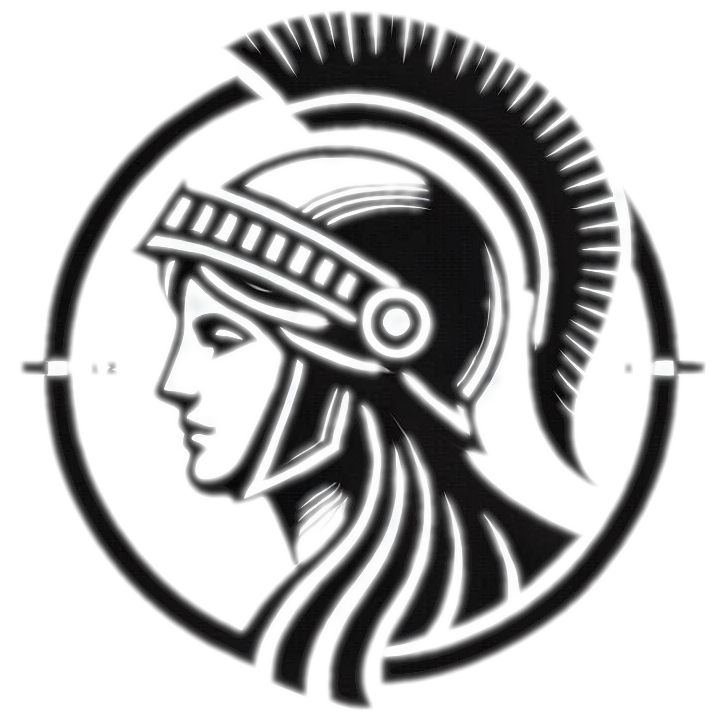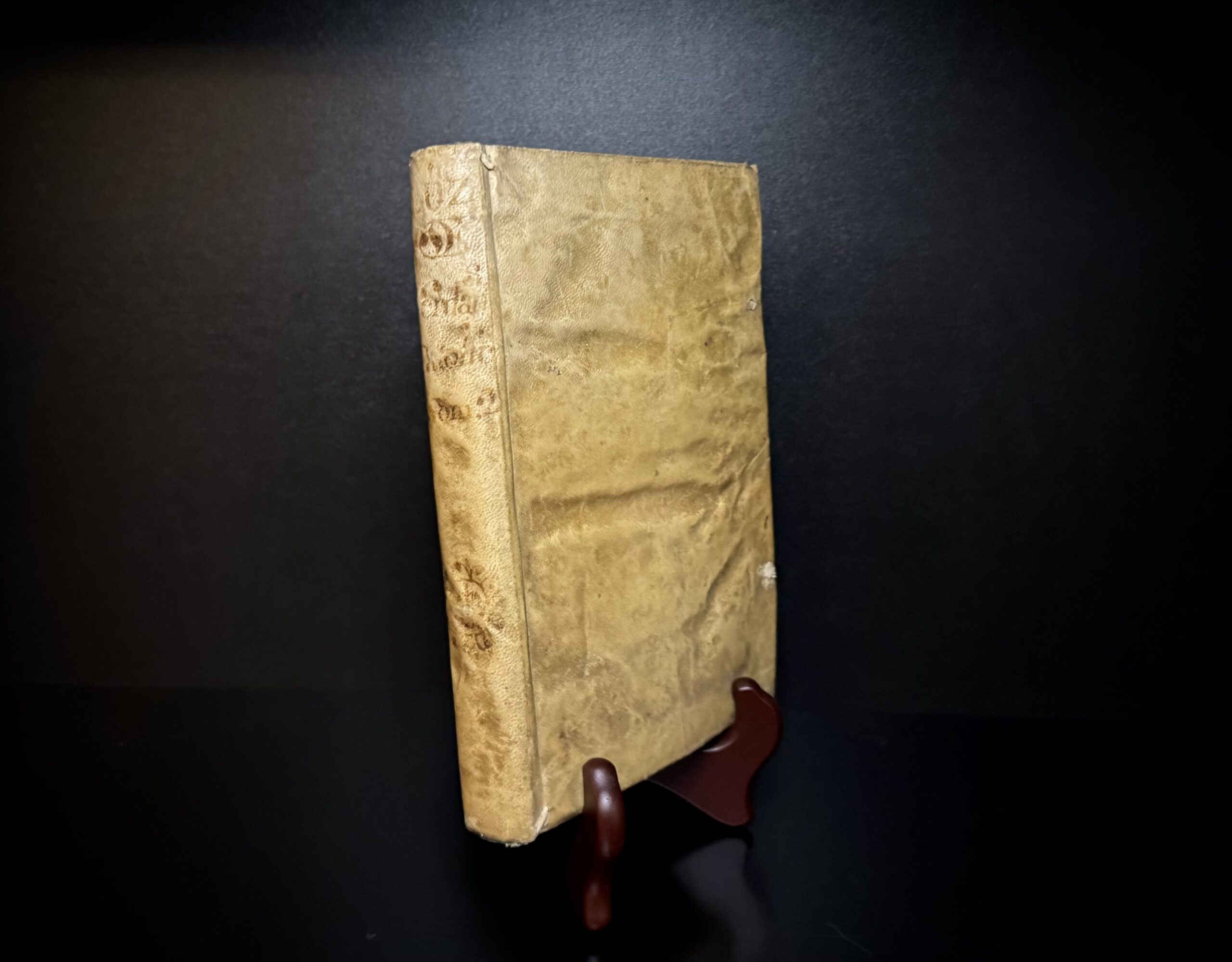- Title: Luz de Verdades Catolicas, y Explicacon de la Doctrina Christiana; Parte Segundo (Light of Catholic Truths and Explanation of Christian Doctrine; Part Two)
- Author: Juan Martinez de la Parra
- Printed by Francisco del Hierro for Francisco Laso: sold in front of the San Felipe el Real Steps
- Estimated year of printing: 1722
Notes:
I generally stick to acquiring English-language books, because I find reading the text to be one of the joys of collecting antique books. Written in Spanish, the reason I wanted this book was because of it is my only book with a vellum binding, an alternative to the more traditional leather bindings often found on books. Vellum is still calfskin, but whereas leather goes through a tanning process which colors and smooths the skin into a consistent surface, vellum instead is soaked in lime and dried. This produces a surface which is more durable than leather, but retains imperfections of the original skins such as scars or hair follicles. Despite being more durable, vellum is extremely sensitive to temperature and humidity, and so will often deform over time. This particular book has a “limp” binding, meaning that the vellum is not wrapped around boards for integrity. Vellum is more difficult to make than leather, and so was only popular around the 16th and 17th centuries, fading out of use after that.
This book is a collection of sermons (“talks”) given by Juan Martinez de la Parra (1655 – 1701), a Jesuit priest in New Spain (what would become Mexico). De la Parra was born in the city of Puebla, taught in Guatemala, and then returned to live in Mexico City, where he preached every Thursday. He developed a large following, which included wealthy supporters who contributed to the cost of having his sermons published in three volumes starting in 1691, and then exported to Spain.
The publication information references this book being sold at the Steps of the San Felipe el Real — which was a convent for monks in Madrid that incorporated popular shops and gathering places at the perimeter. The convent was built in 1547, damaged during Napoleon’s invasion around 1810, and demolished in 1838 for new construction.
Historical context:
In 1722, New Spain was governed by Viceroy Baltasar de Zúñiga. A few years earlier in 1718, the Alamo was built in San Antonio and New Orleans was founded by the French. In 1767, the Jesuits would be expelled from New Spain.



